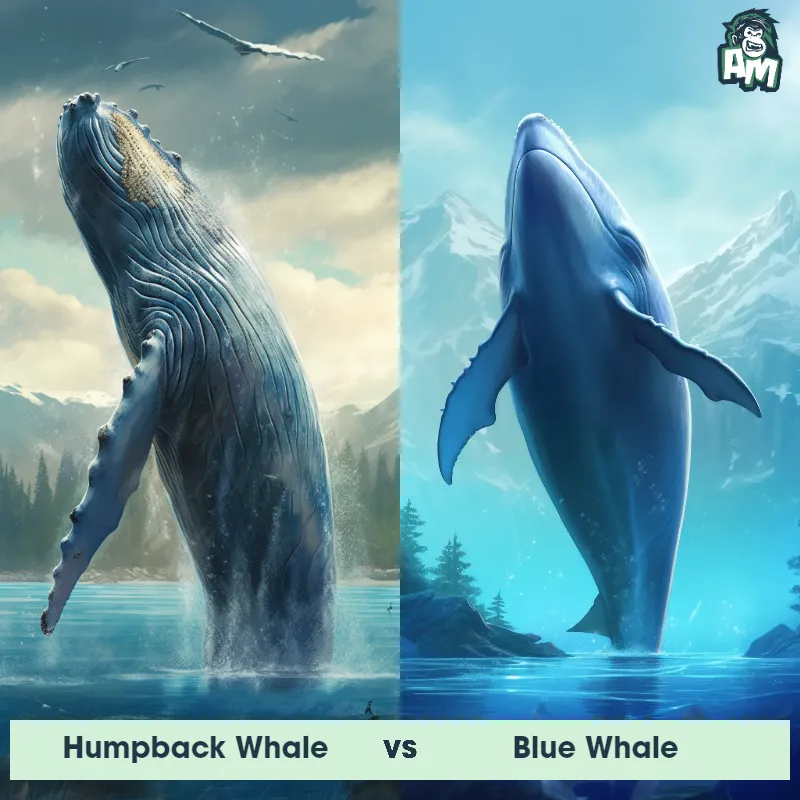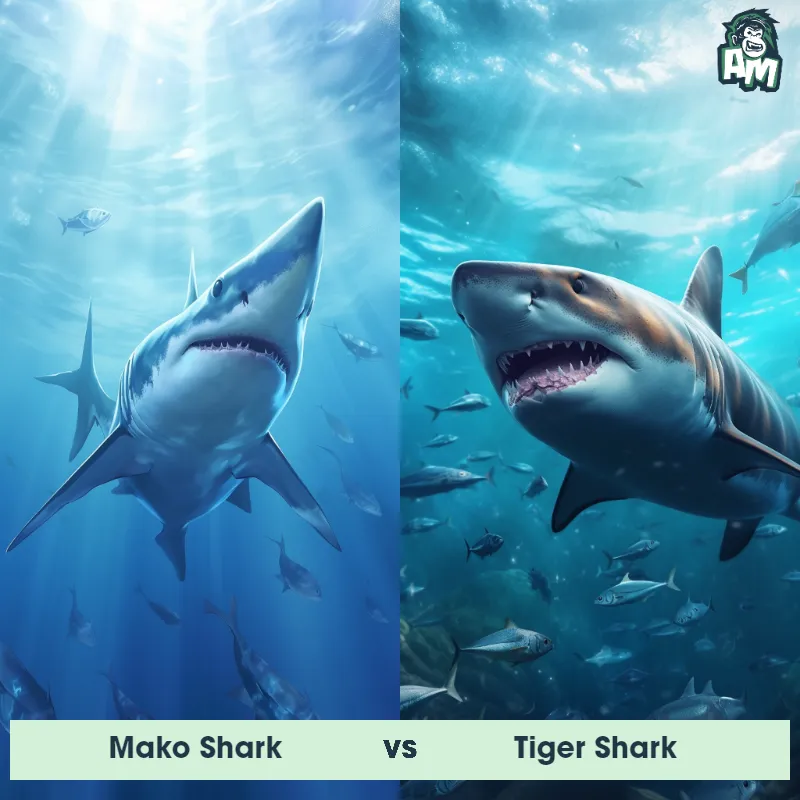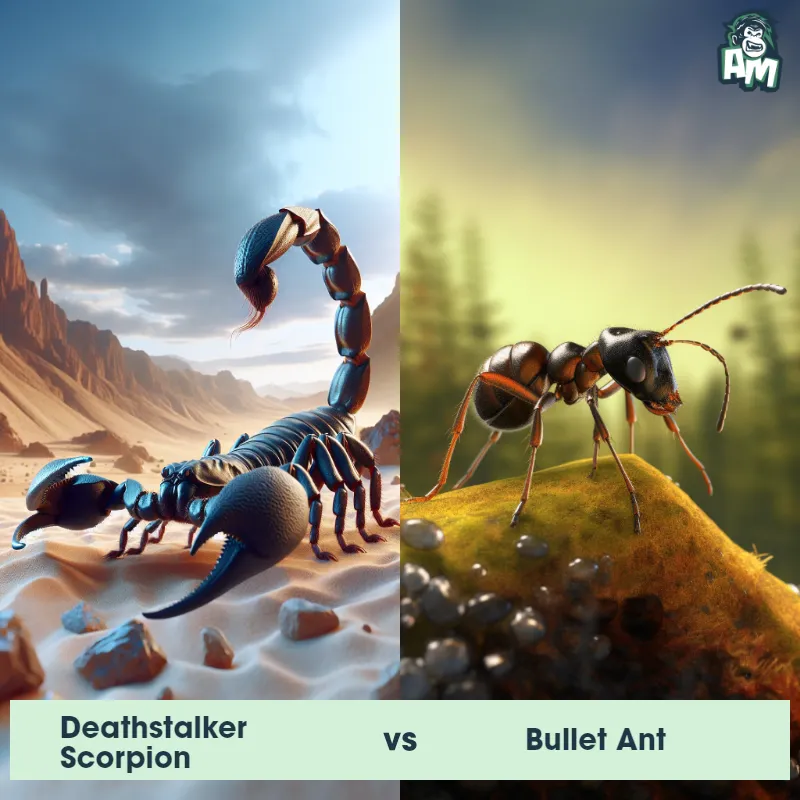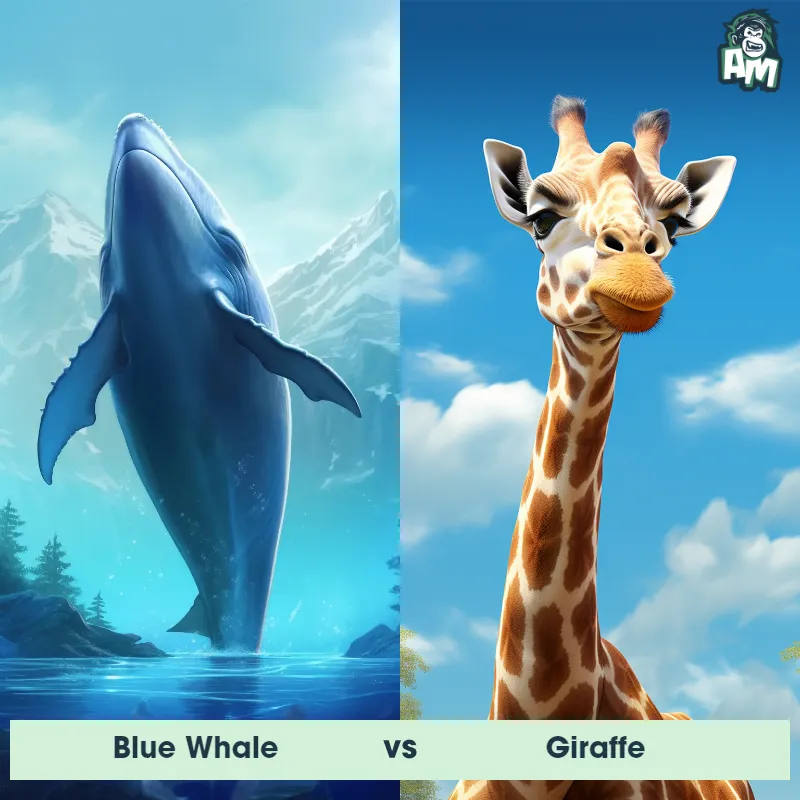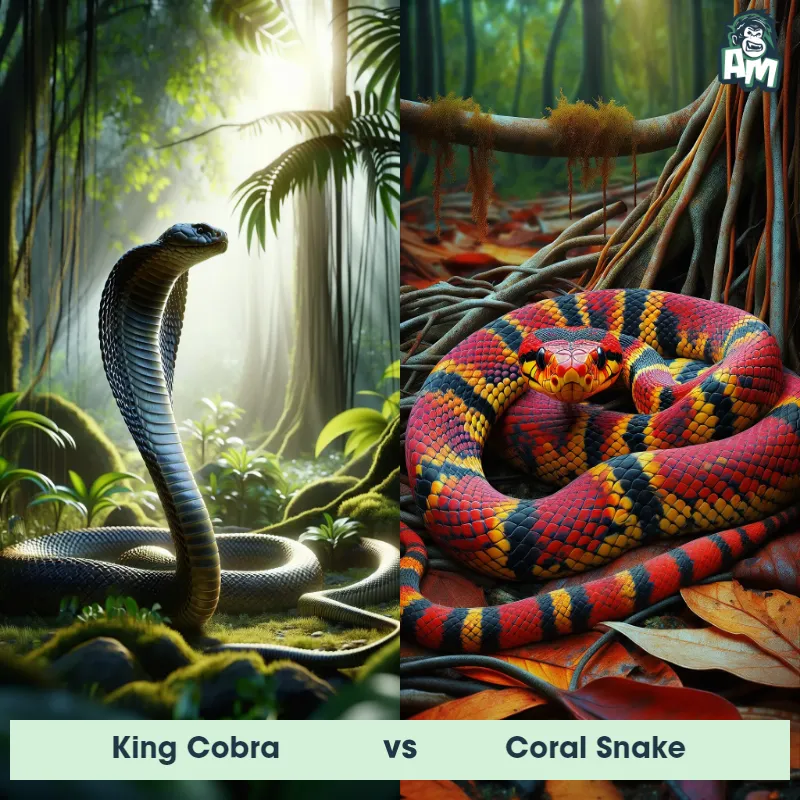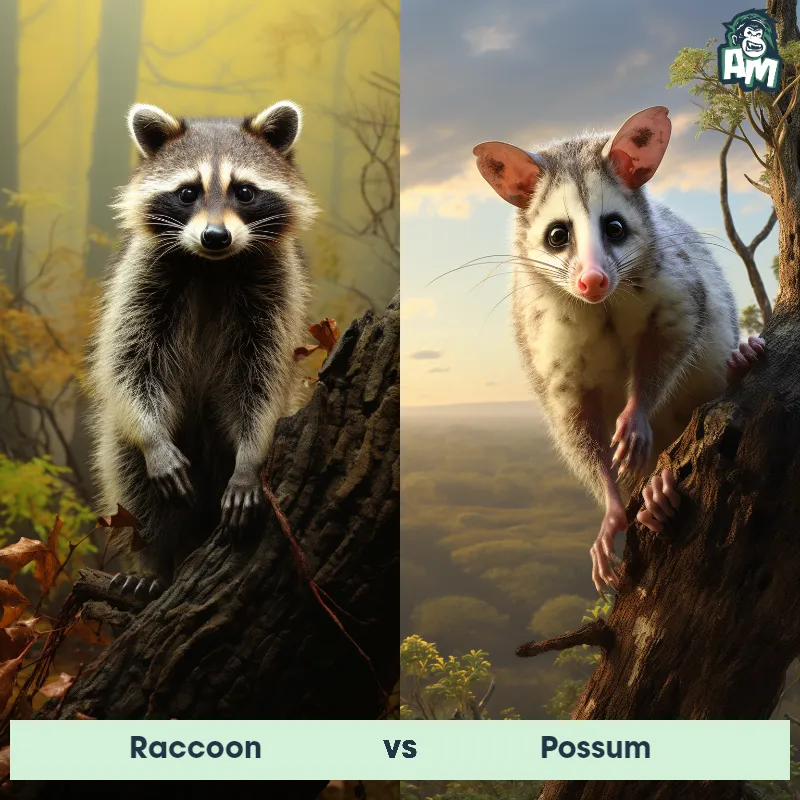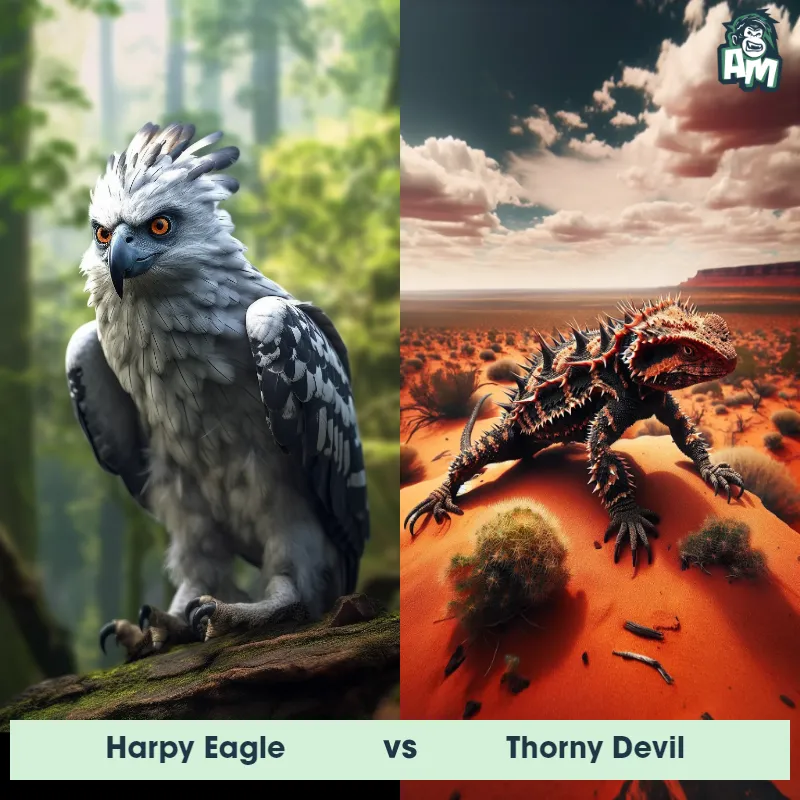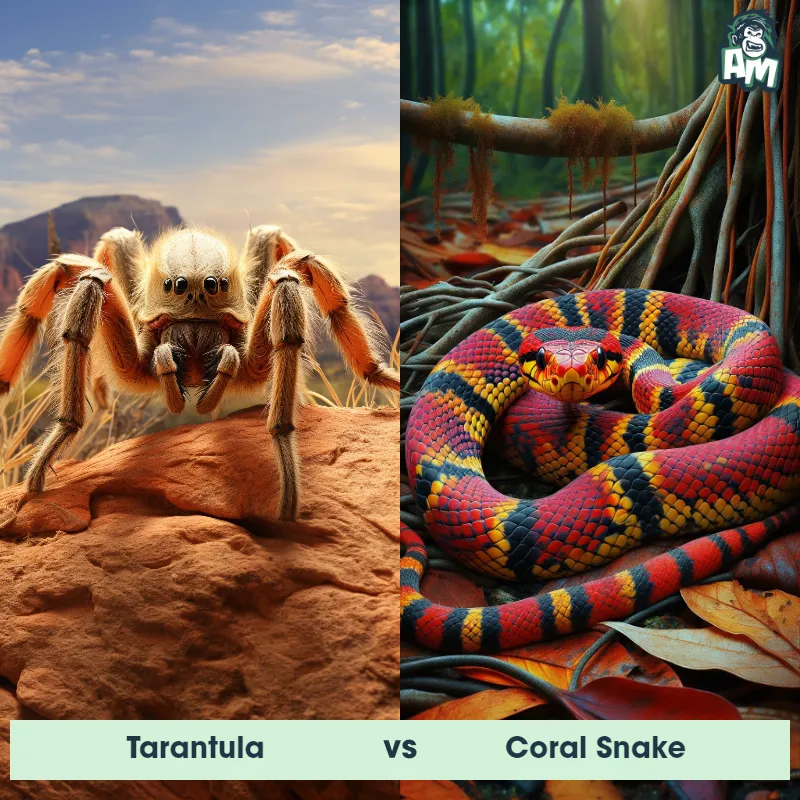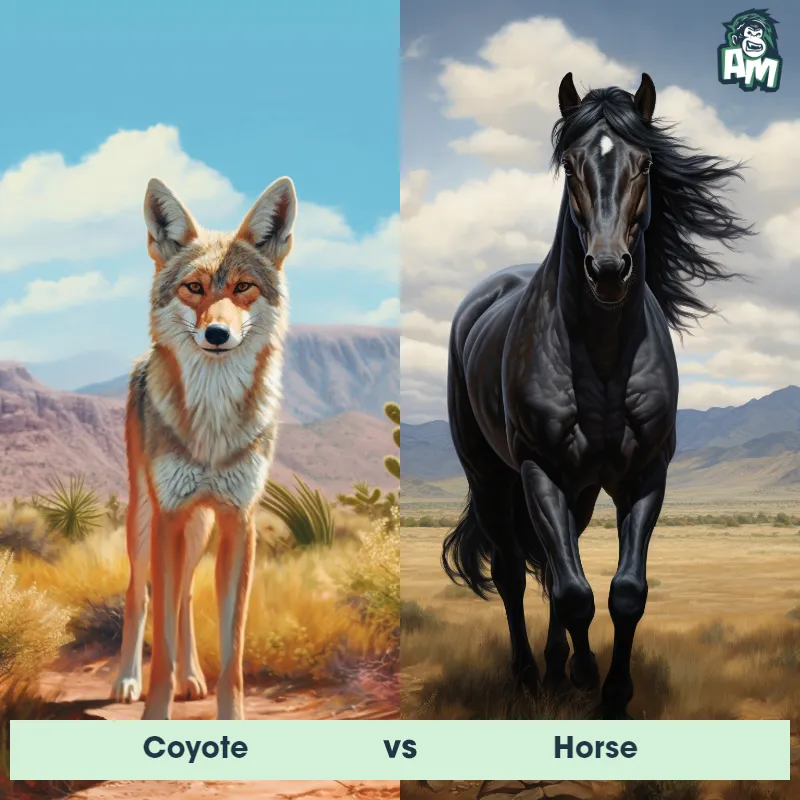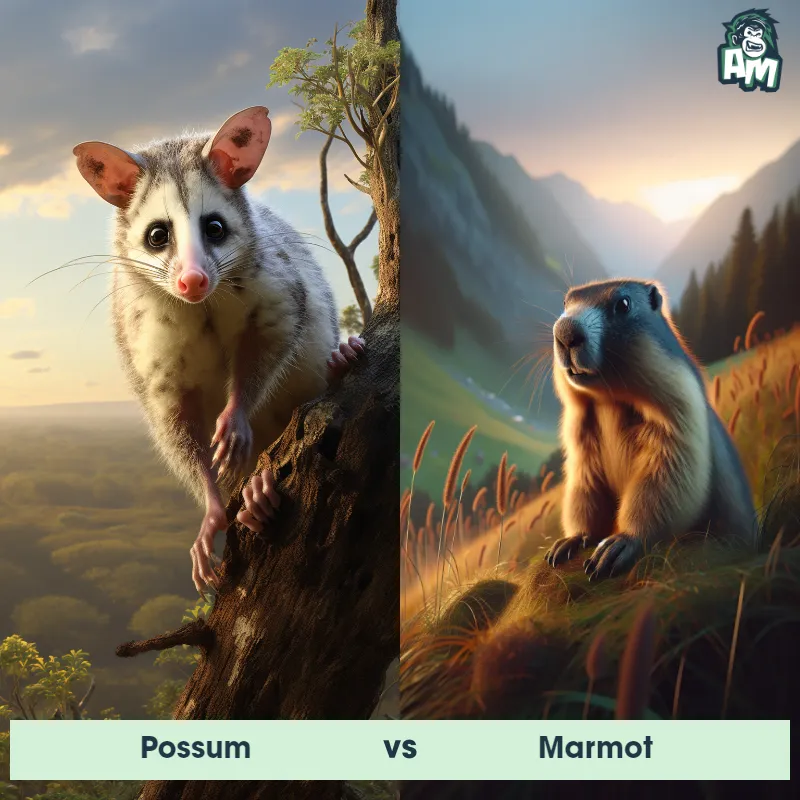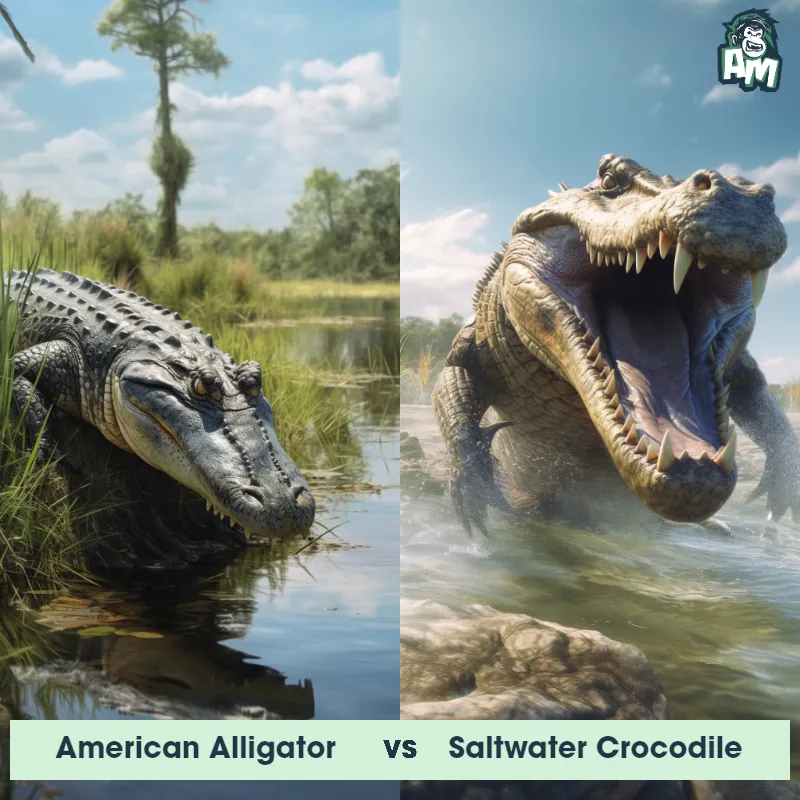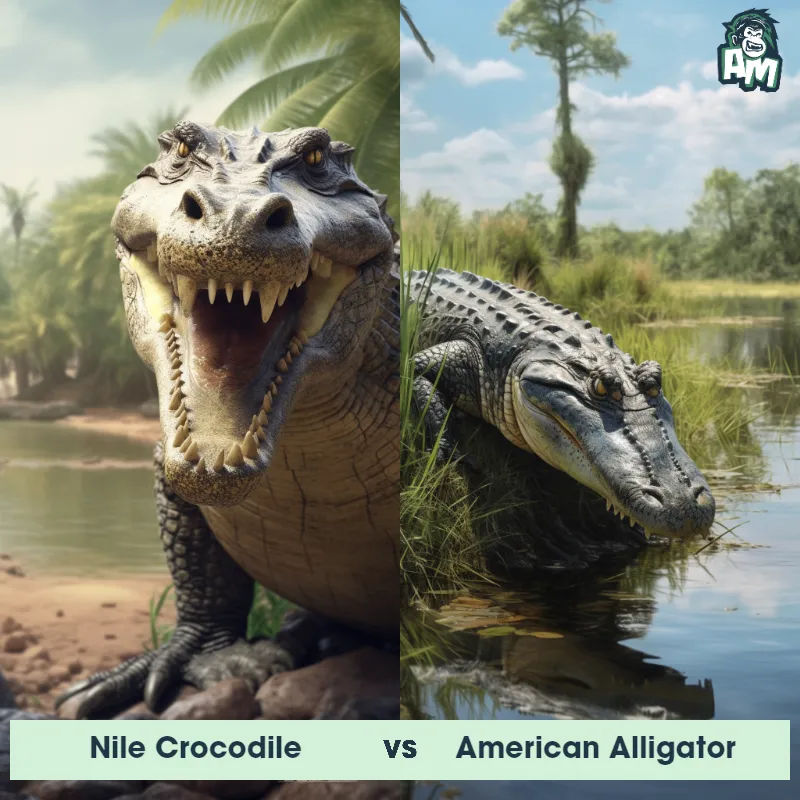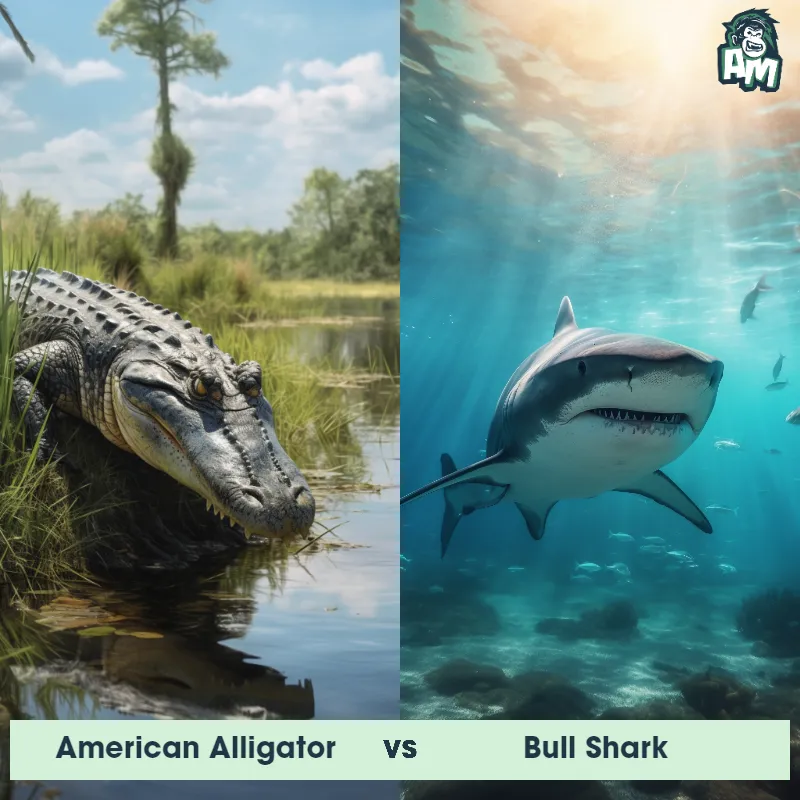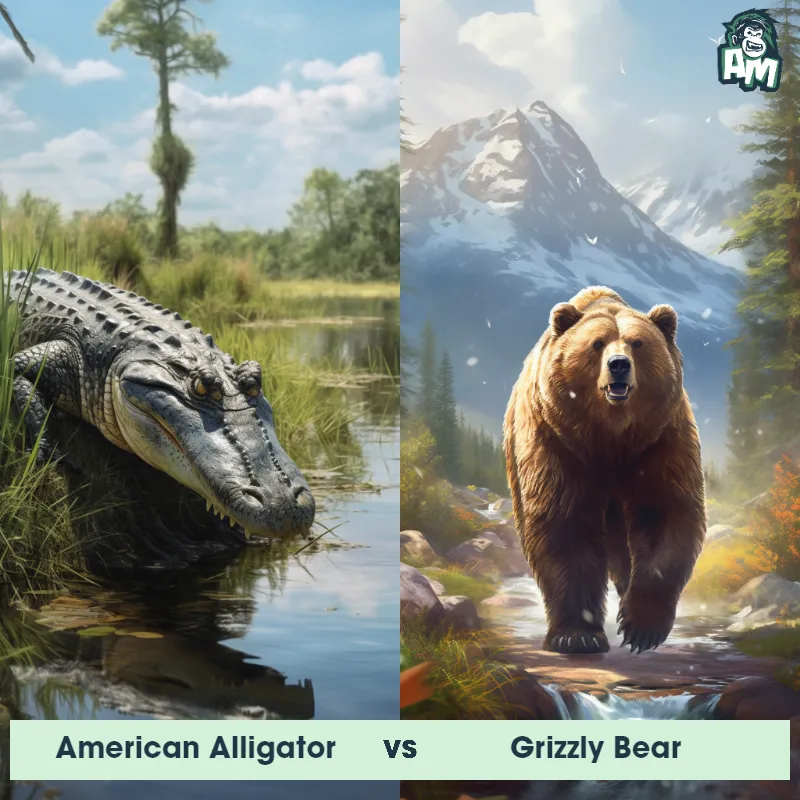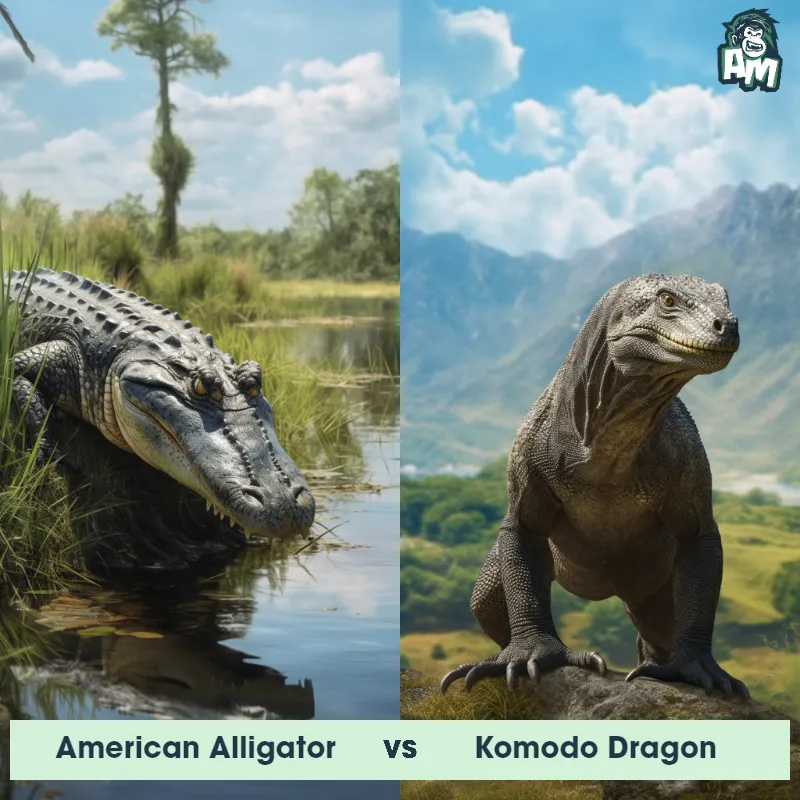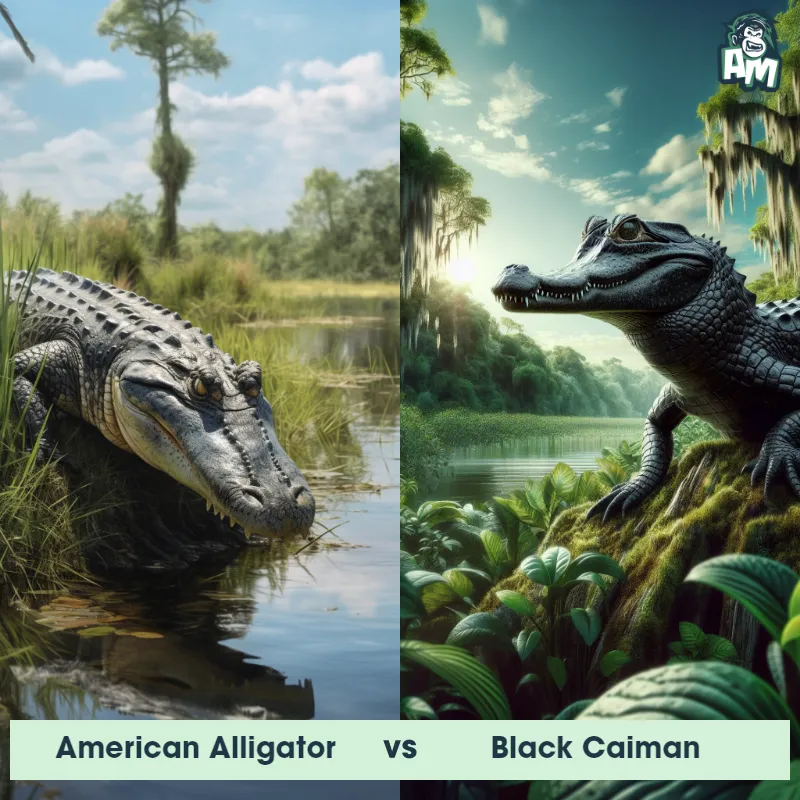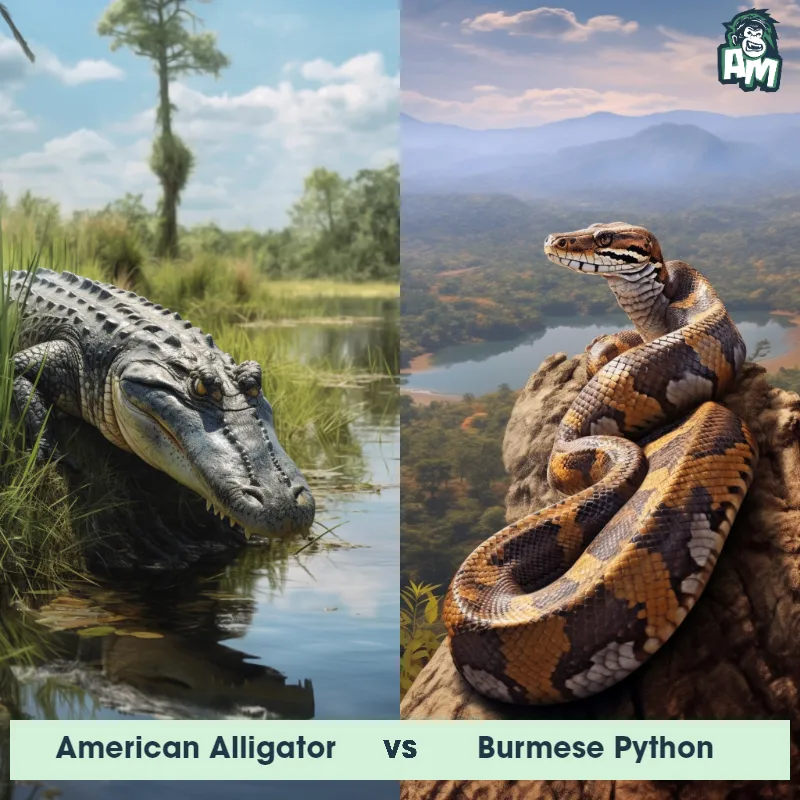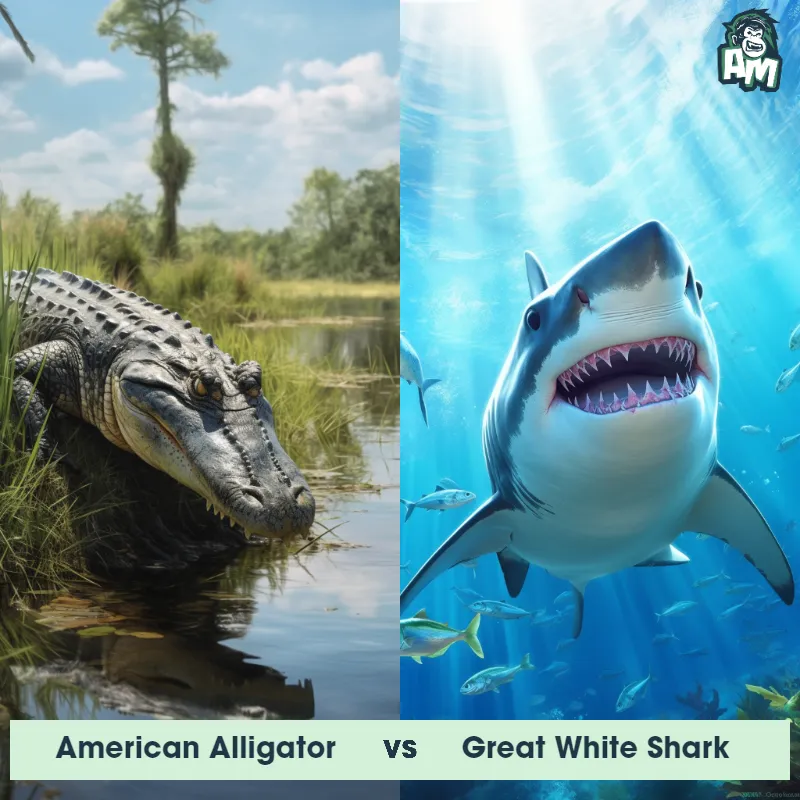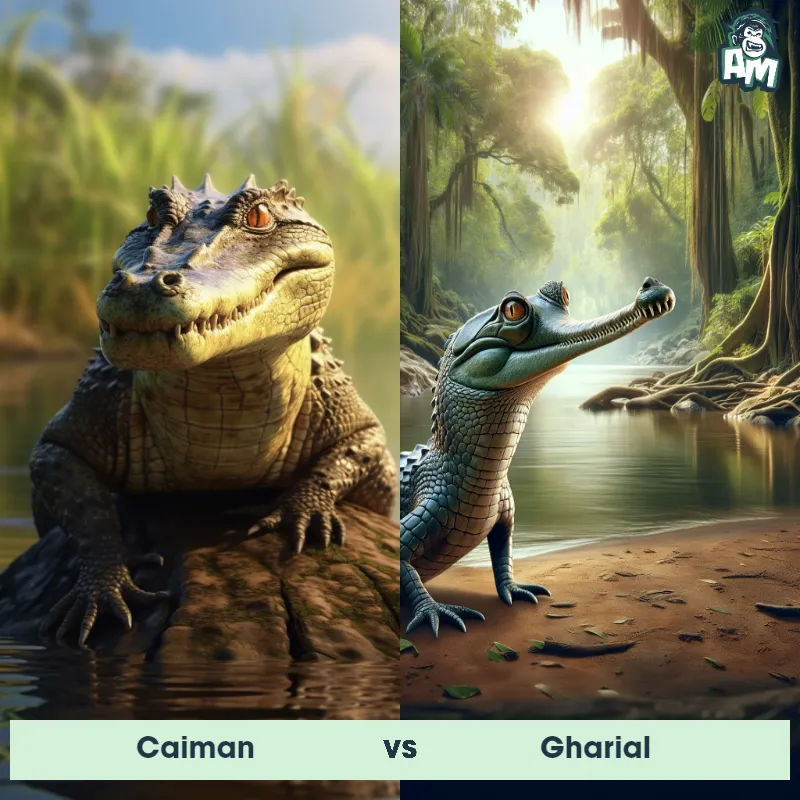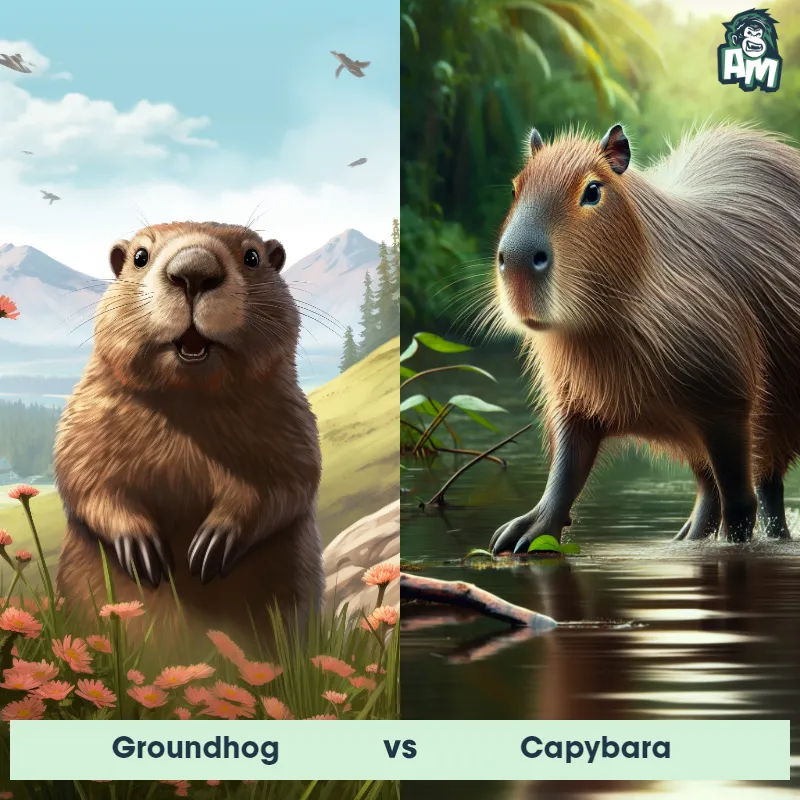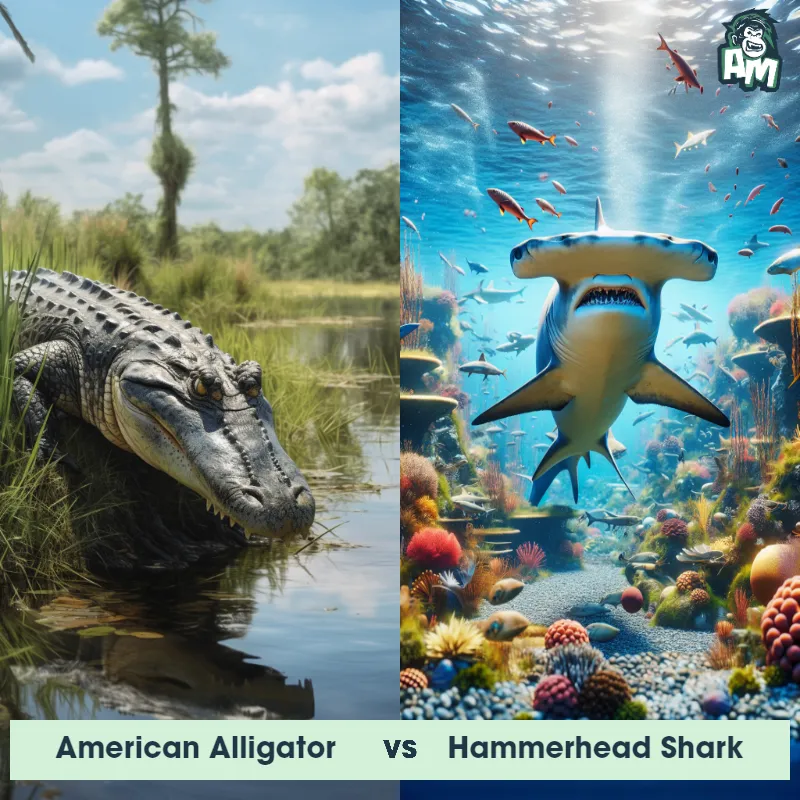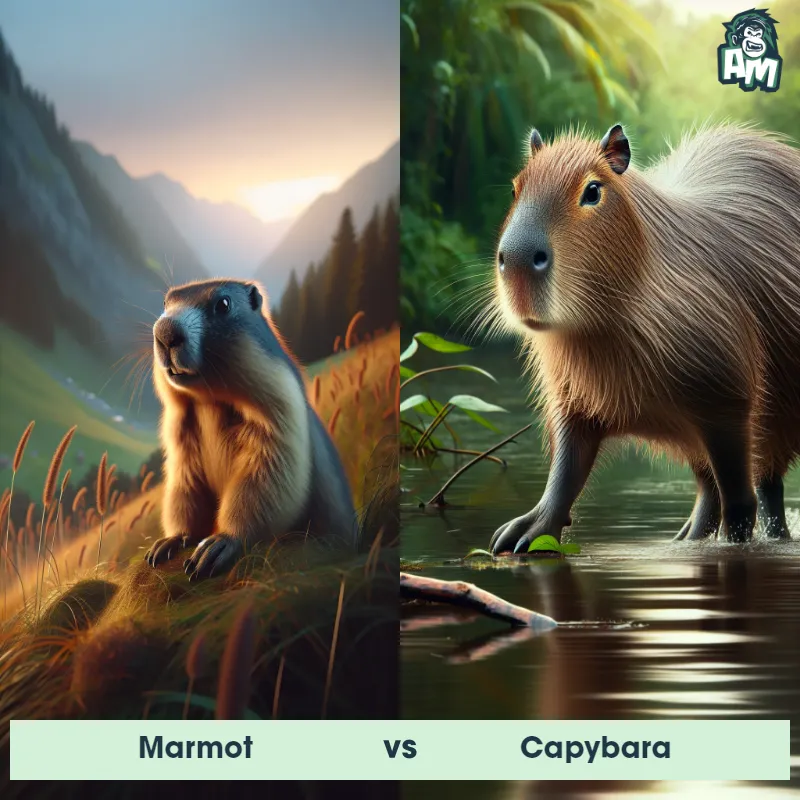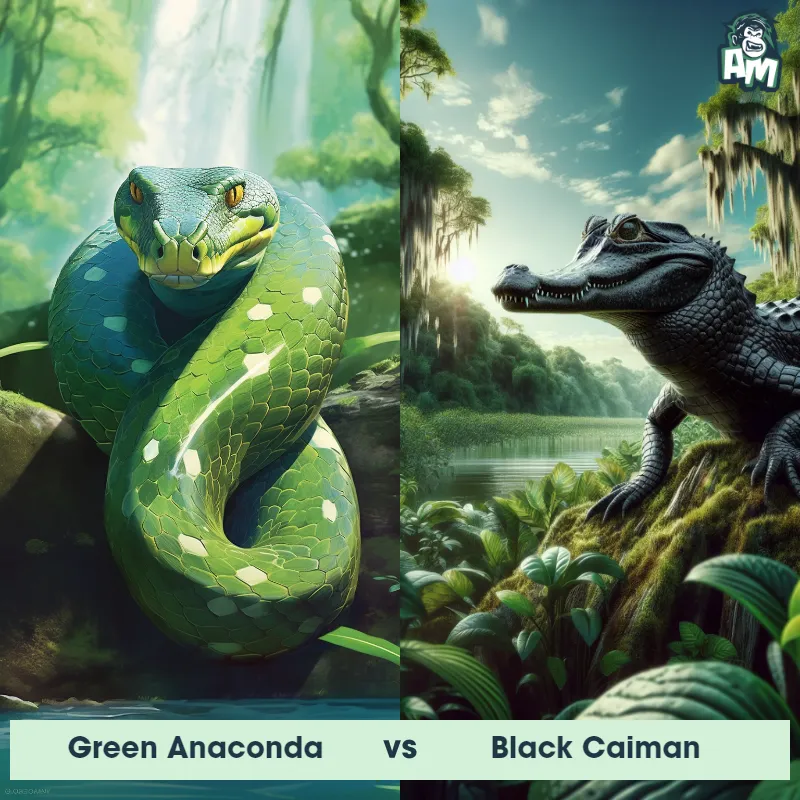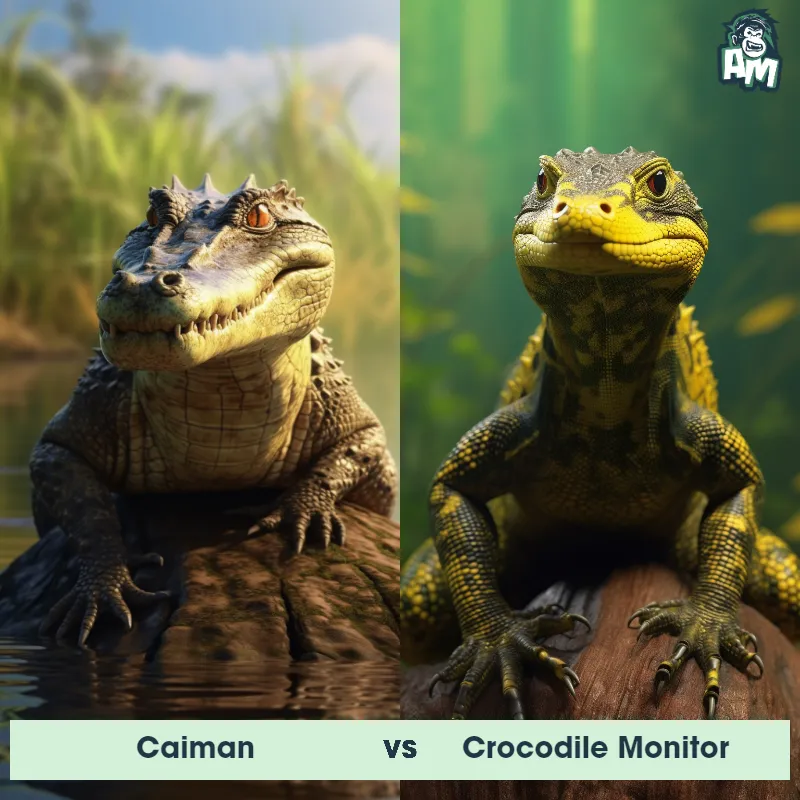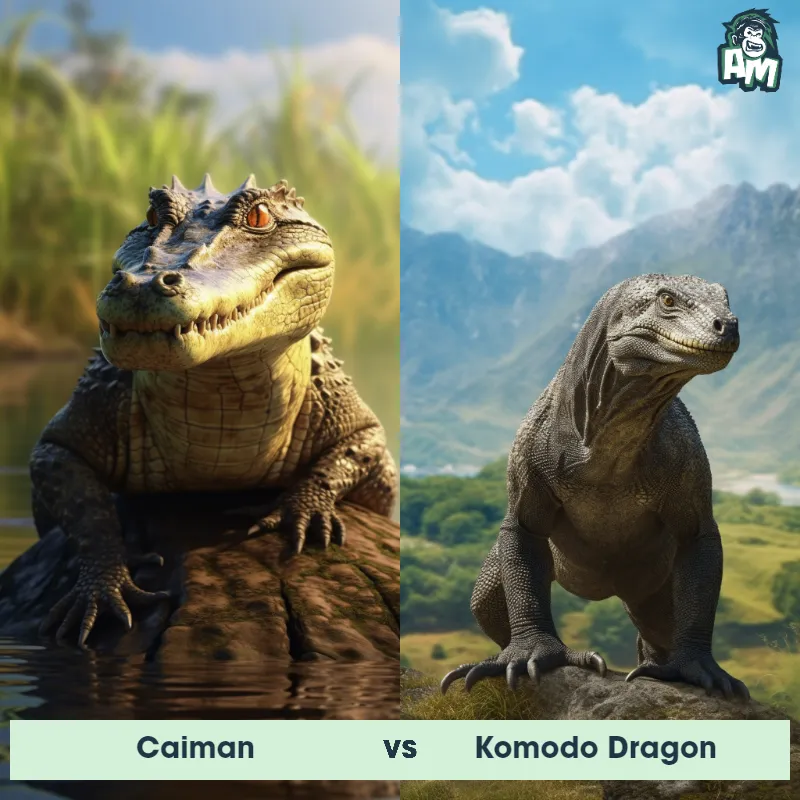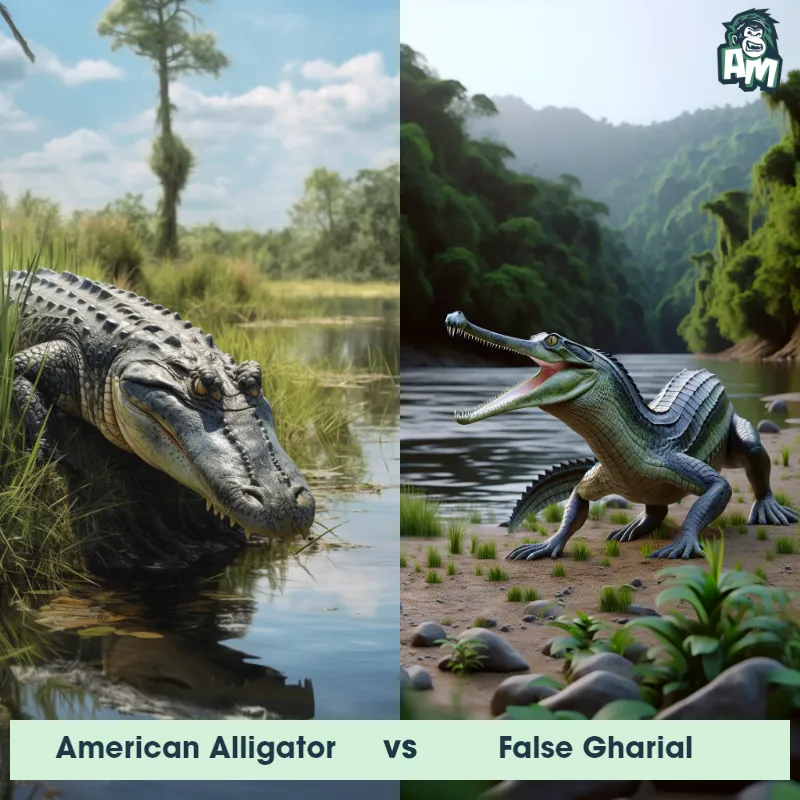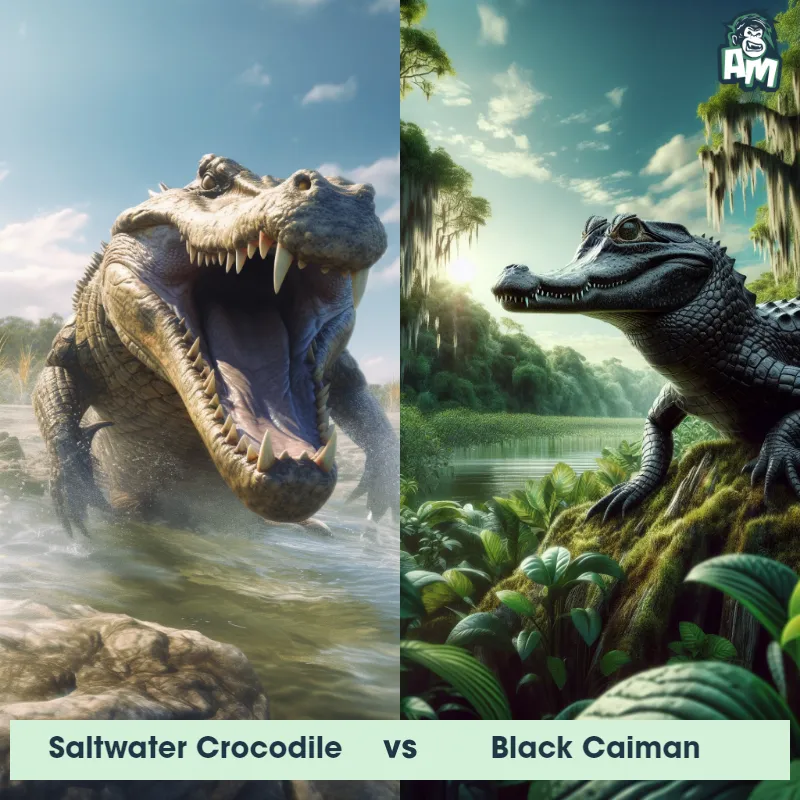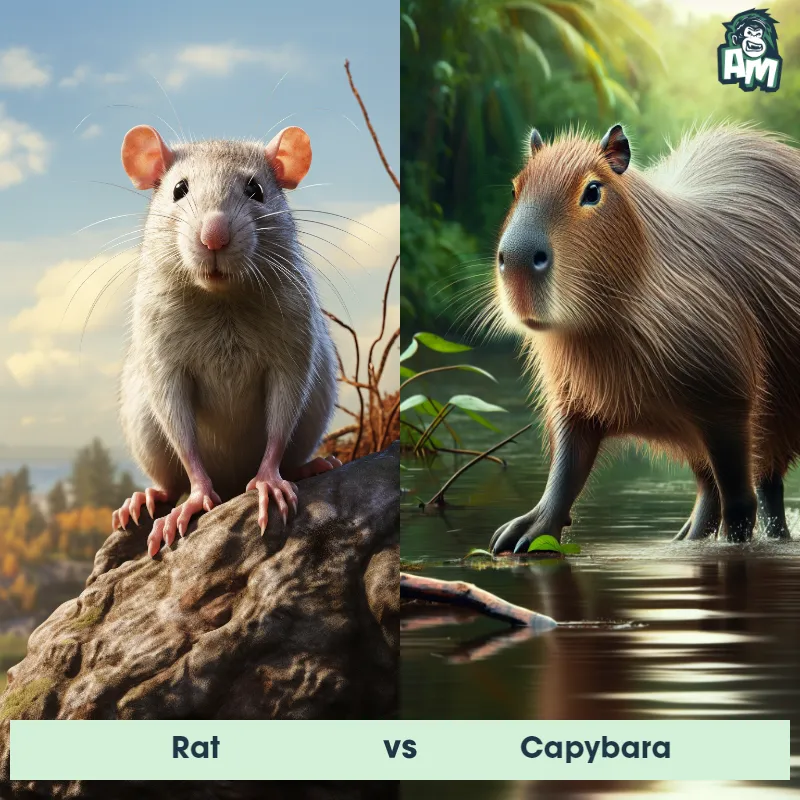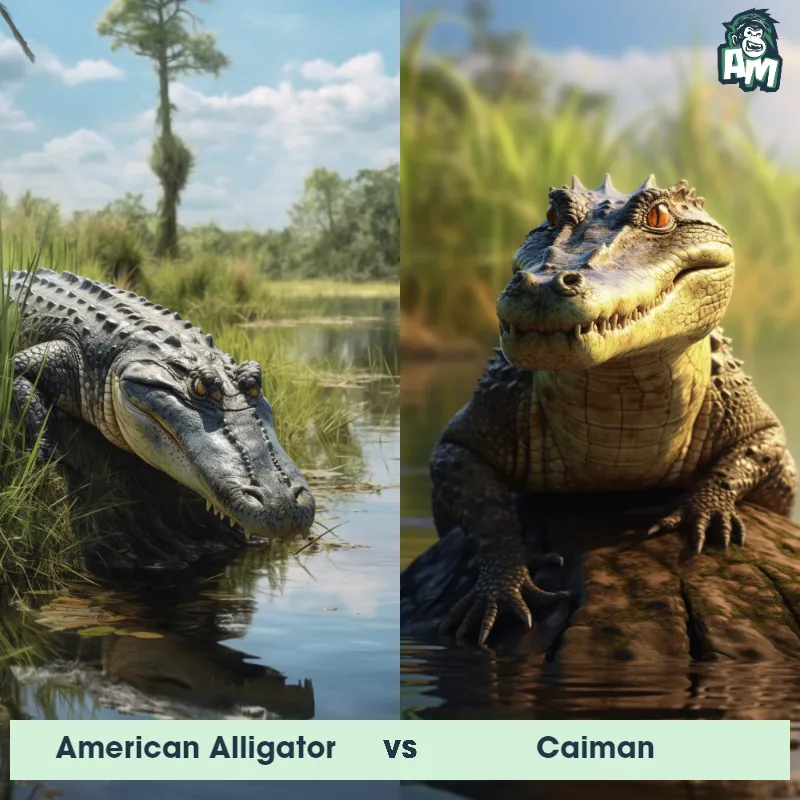Caiman vs CapybaraSee Who Wins

Ladies and gentlemen, welcome to this thrilling matchup between two formidable creatures of the animal kingdom. Today in the arena, we have a Caiman and a Capybara ready to engage in a three-round fight. Both are known for their unique strengths, and we can expect a fierce battle between these contenders. Let's dive right into the action!
Contender 1: Caiman
The Caiman, also known as the Spectacled Caiman, is a reptile species that belongs to the Alligatoridae family. They are found in Central and South America, and are known for their distinctive bony ridge between their eyes, which resembles spectacles. They have a broad snout, powerful jaws, and a muscular body covered in tough, scaly skin. Caimans are carnivorous and feed on fish, birds, and small mammals.
Fun Fact: Caimans are excellent swimmers and can hold their breath for up to 15 minutes underwater.
Contender 2: Capybara
The Capybara, also known as Hydrochoerus hydrochaeris, is the largest rodent in the world. They are native to South America and are semi-aquatic creatures that spend a significant amount of time in water. Capybaras have a stocky, barrel-shaped body with a short head, small ears, and eyes positioned high on their head. They have webbed toes and can even close their ears and nostrils when fully submerged. Closely resembling a giant guinea pig, they have short, coarse fur that can vary in color from reddish-brown to gray, and their front teeth continue to grow throughout their lifespan.
Fun Fact: A fascinating fact about Capybaras is that they are highly social animals and are known to form close-knit family groups. They live in large herds of up to 100 individuals, comprising several adult males, females, and offspring. These herds have a hierarchical structure, with a dominant male leading the group and defending his territory and harem of females.
Matchup Stats
| Caiman | Capybara | |
|---|---|---|
| Size | Up to 8 feet (2.4 meters) long | About 1.2 meters (3.9 feet) in length |
| Weight | Up to 1000 pounds (453.6 kilograms) | Around 50-65 kilograms (110-143 pounds) |
| Speed | Speed: 30 mph (48 km/hr) | 22 mph (35 km/h) |
| Key Strength | Powerful jaws and muscular body | Powerful jaws and strong legs for defense |
| Biggest Weakness | Slow movement on land | Less agile on land compared to in water |
Current Votes
Caiman vs Capybara
See Who Wins
View More Matches
Looking For More?
Similar Matches
Scientific Stats
| Caiman | Capybara | |
|---|---|---|
| Scientific Name | Caiman crocodilus | Hydrochoerus hydrochaeris |
| Family | Alligatoridae | Caviidae |
| Habitat | Freshwater rivers, lakes, and swamps | Semi-aquatic, found in wetlands and grassy areas near water bodies. |
| Geography | Central and South America | Native to South America, specifically found in countries such as Brazil, Venezuela, Colombia, and Argentina |
| Diet | Fish, birds, and small mammals | Herbivorous, primarily feeding on grasses and aquatic plants. |
| Lifespan | 20 years - 40 years | 10 years - 12 years |
Key Differences between Caiman and Capybara
- Shape: The Caiman has a slender, elongated body with a triangular head and a long, narrow snout, whereas the Capybara has a more rounded and robust body with a large head and blunt snout.
- Teeth: The Caiman possesses sharp, visible teeth in both its upper and lower jaws, designed for catching and gripping prey. On the other hand, the Capybara has large, chisel-shaped incisors that constantly grow and are primarily used for grazing on vegetation.
- Tail: The Caiman's tail is long and muscular, aiding in movement through water and serving as a propeller during swimming. In contrast, the Capybara has a comparatively shorter, thick tail that has a more limited role in swimming and is used primarily for balance.
- Size: The Caiman is significantly smaller than the Capybara, with an average adult length of around 6 to 8 feet, while the Capybara can reach lengths of up to 4 feet and weigh as much as 150 pounds.
- Coloration: The Caiman typically exhibits a range of earthy colors, including various shades of brown and green, which help it blend in with its surroundings. In contrast, the Capybara has a coarse, shaggy coat that is usually dark brown or reddish-brown in color.
- Habitat: The Caiman is adapted for a semiaquatic lifestyle, usually found in freshwater habitats such as rivers, lakes, and wetlands. Conversely, the Capybara is a highly adapted and largest rodent species in the world, usually found in grassy or swampy regions near bodies of water, but not fully aquatic like the Caiman.



